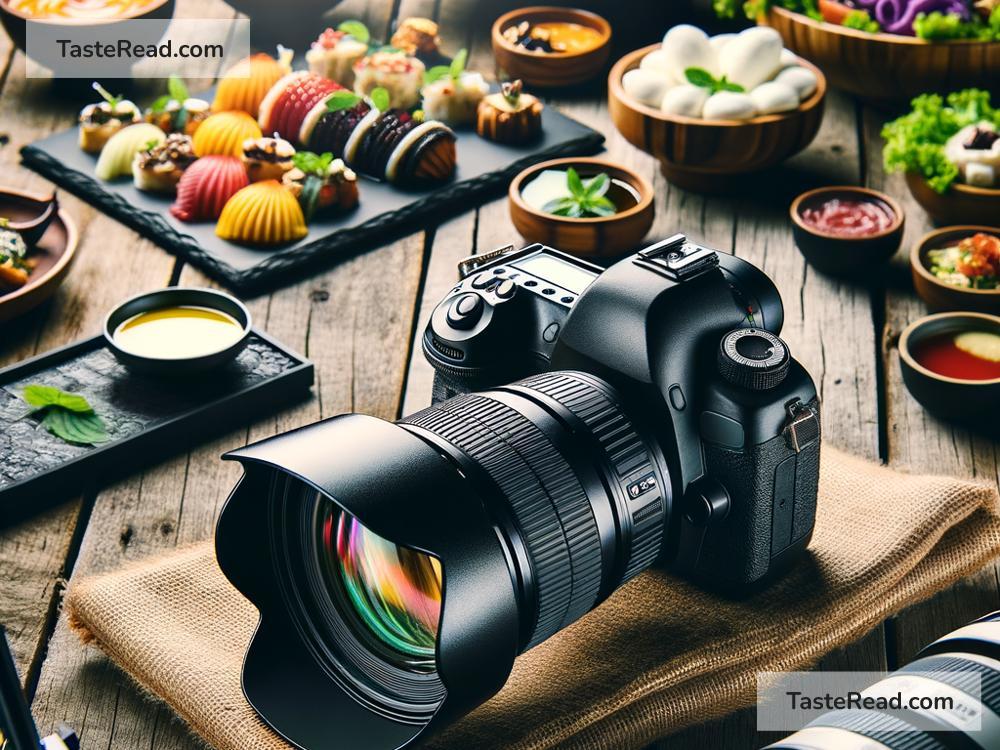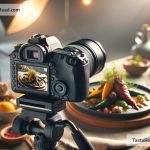Essential Tools Every Food Photographer Needs in Their Kit
Let’s talk about making food look as delicious through photos as it tastes in real life. Food photography is both an art and a science, requiring a keen eye, a love for cuisine, and the right tools in your photographer’s kit. Whether you’re an aspiring food blogger, a professional photographer expanding into food imagery, or a chef aiming to showcase your creations, having the appropriate gear is crucial. Here’s a rundown of the essential tools every food photographer needs in their kit.
1. A Quality Camera
The foundation of any photographer’s toolkit is, of course, a reliable camera. While smartphone cameras have come a long way, a high-quality DSLR or mirrorless camera gives you much more control over aspects like exposure, focus, and depth of field. This control is crucial when you want to capture the vibrant colors and textures of food. Look for a camera that performs well in natural light and can handle the subtle nuances of food presentation.
2. Macro and Prime Lenses
Your choice of lens can significantly impact the outcome of your food photos. Two types of lenses are particularly beneficial in food photography: macro and prime lenses. Macro lenses allow you to capture close-up shots with exquisite detail, perfect for showing the texture of food. Prime lenses, on the other hand, are fantastic for their sharpness and low light performance. A 50mm prime lens is a great starting point for crisp, mouth-watering images.
3. Tripod
A sturdy tripod is a game-changer in food photography. It not only helps in stabilizing the camera for sharp images but also allows for consistent framing – a must when composing a series of shots for a recipe guide, for example. Additionally, a tripod is invaluable when shooting in low light conditions, enabling you to use lower shutter speeds without the risk of blurring due to hand movement.
4. Reflectors and Diffusers
Lighting is everything in photography, more so in food photography where you aim to create a mood and highlight the textures and colors of the dish. Reflectors and diffusers are simple tools that help you manipulate natural light to get the desired effect. A reflector can fill in shadows, softening the look, while a diffuser can soften harsh sunlight, preventing overexposed and washed-out spots in your images.
5. Backgrounds and Props
The context of a food photo—what’s behind and around the food—can tell a story. It’s wise to invest in a variety of backgrounds and props to enhance your food photography. Think wooden boards, fabric, cutlery, and even ingredients related to the dish you’re shooting. These elements add texture and context, making your images more appealing and storytelling more effective.
6. Editing Software
Shooting is only half the battle; post-processing plays a crucial role in achieving the perfect look. Editing software like Adobe Photoshop and Lightroom allows you to tweak colors, adjust lighting, crop, and retouch photos to perfection. Even if the original shot isn’t perfect, a good editor can transform it into a stunning image.
7. A Good Eye and Creativity
Last but certainly not least, your eye for detail and creativity are invaluable tools in food photography. Understanding composition, color theory, and how to balance the elements in your shot will set your work apart. Practice by studying the food photos you admire and experimenting with different styles.
Whether you’re photographing a gourmet dinner or a simple home-cooked meal, having the right tools at your disposal can significantly impact the quality of your food photography. While the equipment is vital, don’t forget that your vision, creativity, and passion for food are just as crucial in capturing stunning, hunger-inducing images. So, gear up, keep experimenting, and let your unique style shine through your mouth-watering food photographs.


